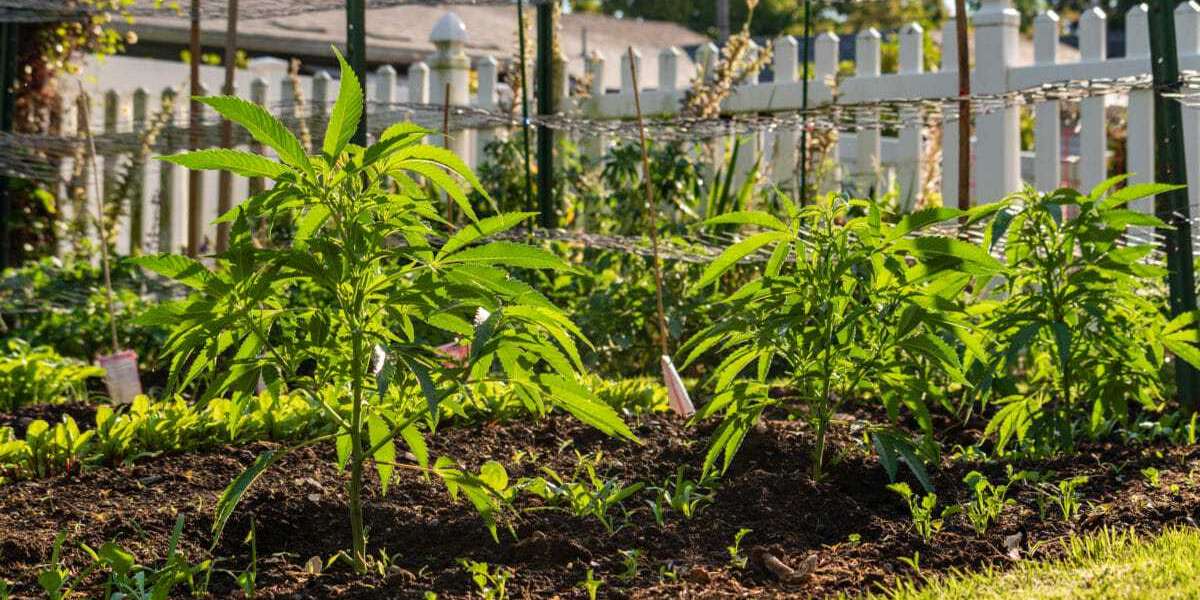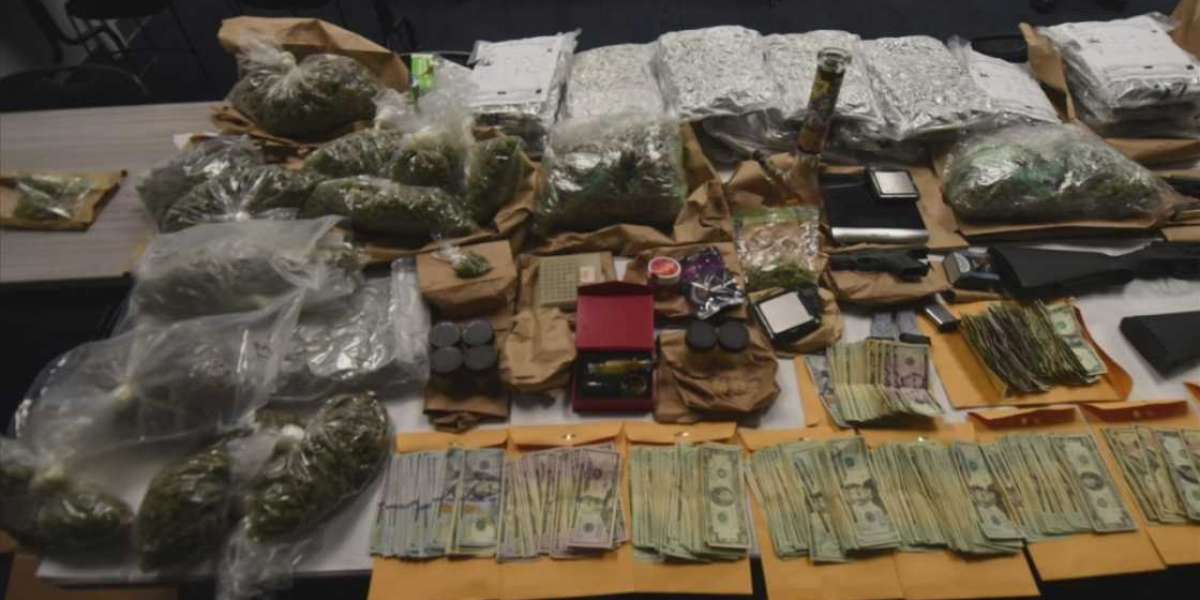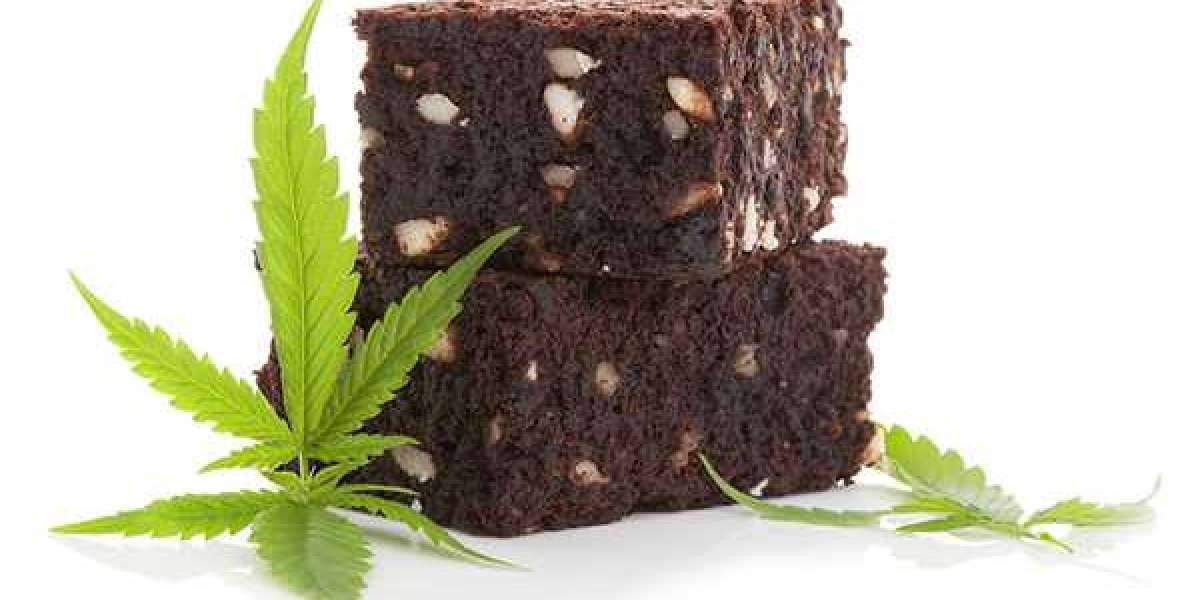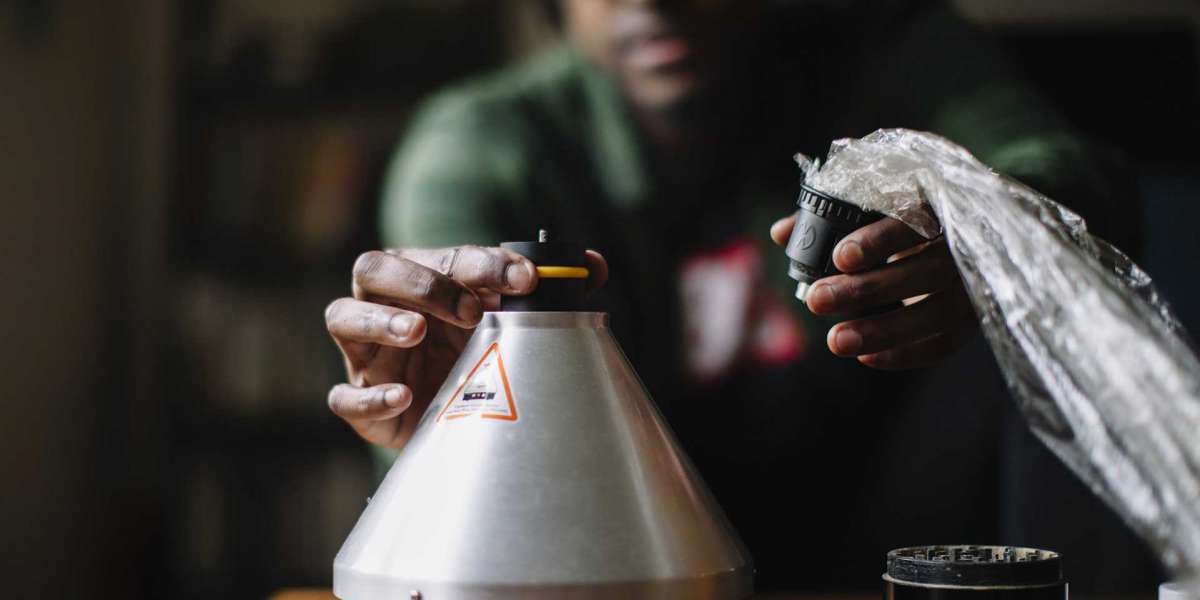Best Time Growing Cannabis Outdoors
A cannabis grower should keep in mind that it’s best to avoid planting too early in the year, as the cold air might kill the plant. However, the answer to today’s question is a little more complex than that, as it involves a series of factors. Determining which is the best time of year for planting cannabis outdoors relies on the precipitation levels in the planting garden, the outside temperature while the plant is in the ground, or the exact coordinates of the garden itself.
Just like planting too early in the year can harm the plant, so can late planting, as the plant needs time to go through the entire growth cycle before temperatures drop. On a general note, it’s best to plant cannabis sometime in the middle of May.
Watering The Plants
One of the main benefits of growing plants outdoors is that they get rain and groundwater to aid their growth. However, watering the plants during the hot months of summer is almost mandatory, especially if you live in an area where it doesn’t rain all that often. An adult cannabis plant may need up to 10 gallons of water daily, which means that the most efficient way to water it is with a garden hose. If your garden is expanded over a larger area, you will need an expandable hose or a hose reel to make the watering process smoother. You can buy the right garden hose reel online or visit your local gardening/home improvement store.
PH Your Water
Yes, many people get away with watering cannabis plants straight from the hose but there are drawbacks to this. Cannabis plants uptake nutrients properly at a pH between 5.8 and 6.2. City water is generally in the 7.0 range in my experience although you could get lucky. To pH your water you would store it in large containers and check the pH with a pH meter. If the result isn’t between 5.8 and 6.2, you’ll either need to add pH Up or Ph Down to your water at the prescribed amount. These solutions are available online or from grow stores.
A useful watering tip for those who live in hot areas: placing rocks or clay sole under the planting holes can slow down the drainage and prevent the plants from getting thirsty too soon. Some growers prefer using water-absorbing polymer crystals, which are also good at retaining water.
On the other hand, people who live in a rainy area will want to pay close attention to improving the drainage system. Cannabis roots are prone to ending up with fungal diseases, especially when they are soaked in a lot of water.
Choosing the right cannabis strain that is resistant to mould will be critical if growing in a rainy climate. Most cannabis strains grow tightly packed buds, when they get wet from rain there is a chance to develop bud rot. Do your best to keep your buds dry when ever possible. If they do get wet, try to gently shake each bud to rid it of excess moisture.
Ideal Soil Conditions
Cannabis is a plant that requires soil rich in acids and organic matter, so that it may grow into a healthy and adult plant. Another important consideration is that the soil needs to be well-drained. If you do not acquire the soil and plant cannabis directly into the ground, you might be required to take some steps to make sure that the plant has everything it needs to grow properly.
Heavy clay soils are a bad option because they don’t receive the required amount of oxygen and drain very slow. One month prior to planting, you want to dig large holes for planting cannabis, while adding mixtures of decomposing organic matter. This is a great source for plant nutrients, but also facilitates airflow for the roots.
The best type of soil for cannabis plants is silty soil. It can quickly retain heat when needed, is easy to work with, and retains just the right amount of moisture, draining any excess water that the roots don’t need. It’s also rich in nutrients, and it doesn’t require a lot of intervention on your behalf.
Useful Tips
- Growing cannabis requires a lot of attention on your behalf, but depending on the area where you live, some external factors might not work in your favor. Here are a couple of growth tips that may come in handy:
- It might be better to plant cannabis into containers instead of directly into the ground. This allows you to move the plant wherever sunlight is brighter and warmer.
- Growing cannabis in a container also makes it easier for you to protect the plant under low temperature when it becomes hard to control the temperature of the ground soil.
- Cannabis doesn’t do well in extremely windy areas, as the branches may break, making the plant vulnerable to pests and diseases. If you live in a windy area, considering installing windbreakers.
- Protecting your cannabis plant from insects is really complicated. The best way to do so is to make sure that the plant is always healthy, as it can fight off minor infestations all by itself.
- Cannabis is a plant that requires a lot of nutrients to grow. It’s important to not be tempted to feed your cannabis plants long acting fertilizers such as Miracle Grow. Instead use nutrients that are designed for cannabis. These can be purchased easily online or at your local grow store. Proper nutrients are critical to the final THC levels in your cannabis plants so don’t skimp.
Conclusion
Growing a cannabis plant is a process just as complex as with most other plants or vegetables. The buds of a cannabis plant will be visible in late summer, while the best time for harvesting is October. Keep in mind that cannabis is not one of those plants that you just throw into the ground and forget about it until harvesting: it requires proper caring, soil fertilizing, and watering.
Source: https://theweedblog.com/growing/when-is-best-time-of-year-grow-cannabis-in-your-yard



